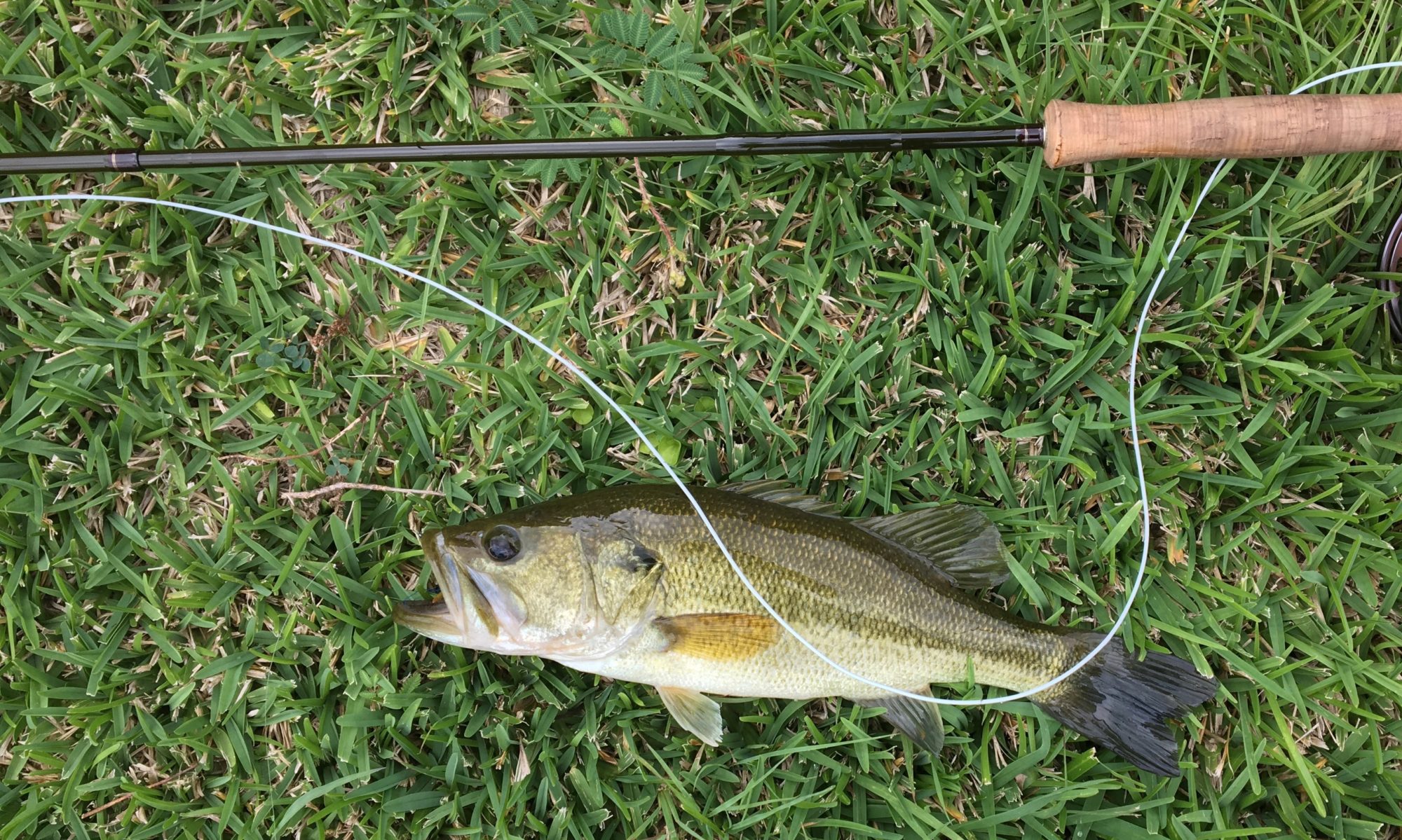Saturday we fished with Chris Schatte on the Lower Mountain Fork River. I was going to brag that I caught two fish for every one of Kris’s, but then Kris caught another fish. It wasn’t a day with a lot of fish, but I never remember much about catching a lot of fish. I remember specific fish, not multitudes.
We picked the Mountain Fork because it was in Oklahoma and close enough for a long weekend drive. The names are a bit confusing. It’s the Lower Mountain Fork River, which is a tailwater below Broken Bow Lake, which is in Beavers Bend State Park. It’s near the towns of Hochatown and Broken Bow, just past Idabel. It’s a pretty trout river within three hours of Dallas/Fort Worth and Oklahoma City, and there are a bunch of smaller cities, Norman, Lawton, Tyler, Longview, Shreveport, Texarkana, that are even closer. It’s popular. It’s pretty.

To be fair, most of the folk in that photo were an on-the-water class, and if we’d walked further upriver we would have probably walked away from the crowd, but in the afternoon we picked our bit of river and fished that bit. I figured that it would get me ready for fishing in New York and Connecticut and Montana, all the crowded places. I’ve never fished much with crowds, and usually I tend to cast and move. There wasn’t much casting and moving.
We had fished a different part of the river that morning, and there were fewer people. It was theoretically a better place to fish, but at least this trip we didn’t get any strikes. Chris the Guide thought that three days’ heavy generation had put down the fish.
Southeastern Oklahoma looks like Wisconsin. The trees are different, sure: I didn’t see a single cypress knee in Wisconsin, but at the end of the day lumber is business in both places. Driving out of Oklahoma Saturday evening there was lumbering machinery and lumber trucks everywhere. The cheese is better in Wisconsin, and the cheese curds, but Hochatown, Oklahoma had Stevens Point beat for pizza, and they both had good beer. Even the weather, mid-November in Oklahoma and late September in Wisconsin, was pretty similar. I’m not sure if there’s been a freeze yet in Beavers Bend.

Out of curiosity we would probably have gone to Mountain Fork sooner or later, and might go back again, but the river’s probably happiest without us. People should go to the Mountain Fork because it’s their river, not because it’s a destination river. I suspect there are rivers all over the country just like it. Good places to go for days and weekends year after year, places that satisfy the need for pretty but close enough for frequent fliers, a place to know and criticize and praise, and maybe love.
We fished nymphs and emergers under a bobber without added weight. I missed a bunch of strikes, especially at the end of the swing when I made a few short strips before picking up the line. I was casting well enough, and at one point I fished three flies without killing anybody. I didn’t get hopelessly tangled until it was time to quit for the day, and then we quit for the day.

Mid-afternoon I lay down on the bank and took a long nap. Kris said I slept for about an hour, and that’s fine with me. I guess people moving upriver had to step over me, or at least around me, but nobody tripped or kicked. It was a fine river for a nap, and I’ve napped by many fine rivers. If I did a product review of the FishPond Summit Sling, I would note that it’s exactly the right size to use as a pillow for napping bankside. For me that’s not a small consideration.
I watched Kris the Angler cast and she was casting beautifully. Last year she didn’t cast so beautifully.

When I planned Oklahoma I had thought that we would fish without a guide. I wouldn’t have used emergers, and I wouldn’t have known where to fish, but sooner or later, this trip or the one after or the one after that, we would have caught fish, but we fished with Chris the Guide because he was a freshman at my high school when I was a senior, and I got to spend the day talking about people and places we knew, the Osbornes and Joe Chat, what businesses were left downtown in our hometown, Johnson’s Jewelry, and what was wrong with the town’s water system. Chris has a good life: they picked Broken Bow because land is cheaper in Oklahoma than in Colorado. They bought some acreage. They built a house. He started guiding. They own an Airstream and his wife does triathlons and they go to Canada and Minnesota in the summer. It all sounded great to me.
Plus I caught my fish.















